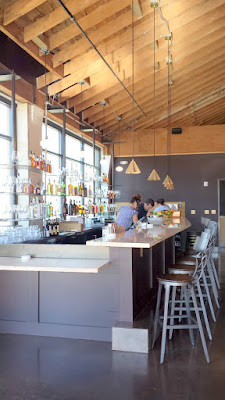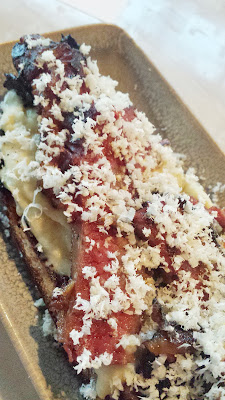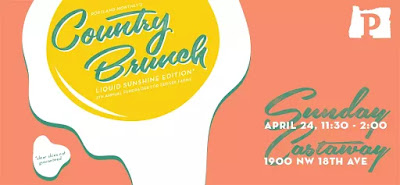On Friday, Passover started. If you don’t know the holiday, it celebrates when the Hebrew people escaped slavery from Egypt and traveled to the Promised Land – as famously depicted by movies like The 10 Commandments and Exodus: Gods and Kings. I made this Chocolate Matzo Crackers because Matzo came up as in a conference call while some Israeli work teammates explained why this week is a holiday. Matzo is associated with Passover because of the travel, the Hebrews didn’t have time for the bread to rise, thus they ate the unleavened bread. Matzo represents the simplicity of what is needed for food.
Last year, I had a savory version of matzo when I made a Recipe for Matzo Brei with Parmesan (though depending on your topping, it could also be a mix of sweet and savory). This year, I went with sweet. My version of this Chocolate Matzo recipe is inspired by Food 52’s Chocolate Covered Matzo Recipe by Sarah Jampel. However, I dialed back the amount of butter, sugar, and chocolate – I suppose it depends on how sweet and how much chocolate thickness you want on your matzo. I made 5 crackers worth using the ratios below.
It’s super easy – the Chocolate Matzo Recipe only takes 4 ingredients and 30 minutes max, most of which is spent spreading chocolate before you then can choose to eat it when the chocolate is still warm and messy, or freeze so it hardens and then enjoy.
Chocolate Matzo Crackers
Ingredients:
- 5 sheets of matzo
- 1 stick butter
- 1/2 cup sugar
- 12 ounces good chocolate chips- she uses much more chocolate and mixes semi-sweet and milk chocolate, but I used just good semi-sweet. You an use more chocolate depending on how thick a layer you’d like over your matzo.
Directions:
- Preheat the oven to 400 degrees F. Meanwhile, cover a large baking sheet with foil to help keep the mess down – honestly my baking sheets are normal sized (11×16 I think) and I used two because I couldn’t fit the last 1 1/3 matzo crackers on the first sheet. You are going to lay all the matzo crackers in as big as pieces as possible, breaking what is necessary into half or 1/3 sizes or whatever to cover the sheet.
- In a small saucepan, melt the 1 stick of butter (it melts faster if you cut it into 1″ pieces) with the 1/2 cup sugar until it begins to boil. Spoon the caramelized butter evenly over all the matzo crackers.
- Put the baking sheet(s) in the oven just for 3 minutes or so, just so it gets hot. Now, pull the pans out of the oven and begin distributing all the chocolate chips. Then, after a few moments, use the back of a spoon to start spreading the chocolate evenly. This is an act of patience as the chocolate melts, and you can think about how quickly but faithfully the Hebrews crossed the parted seas.
- You could eat now, but it’ll be messy with the chocolate still soft. Or, freeze the chocolate overnight so it hardens, and then eat!
Break up the matzo into smaller pieces when serving – some do it in perfect squares, but I like the mix of shapes. There are many variations out there – some mix white and dark chocolate, some add caramel, or toffee, or top with salt, various nuts or even sprinkles?!

Have you ever had matzo before? Have you ever had chocolate covered matzo? What do you like to have chocolate covered?
























